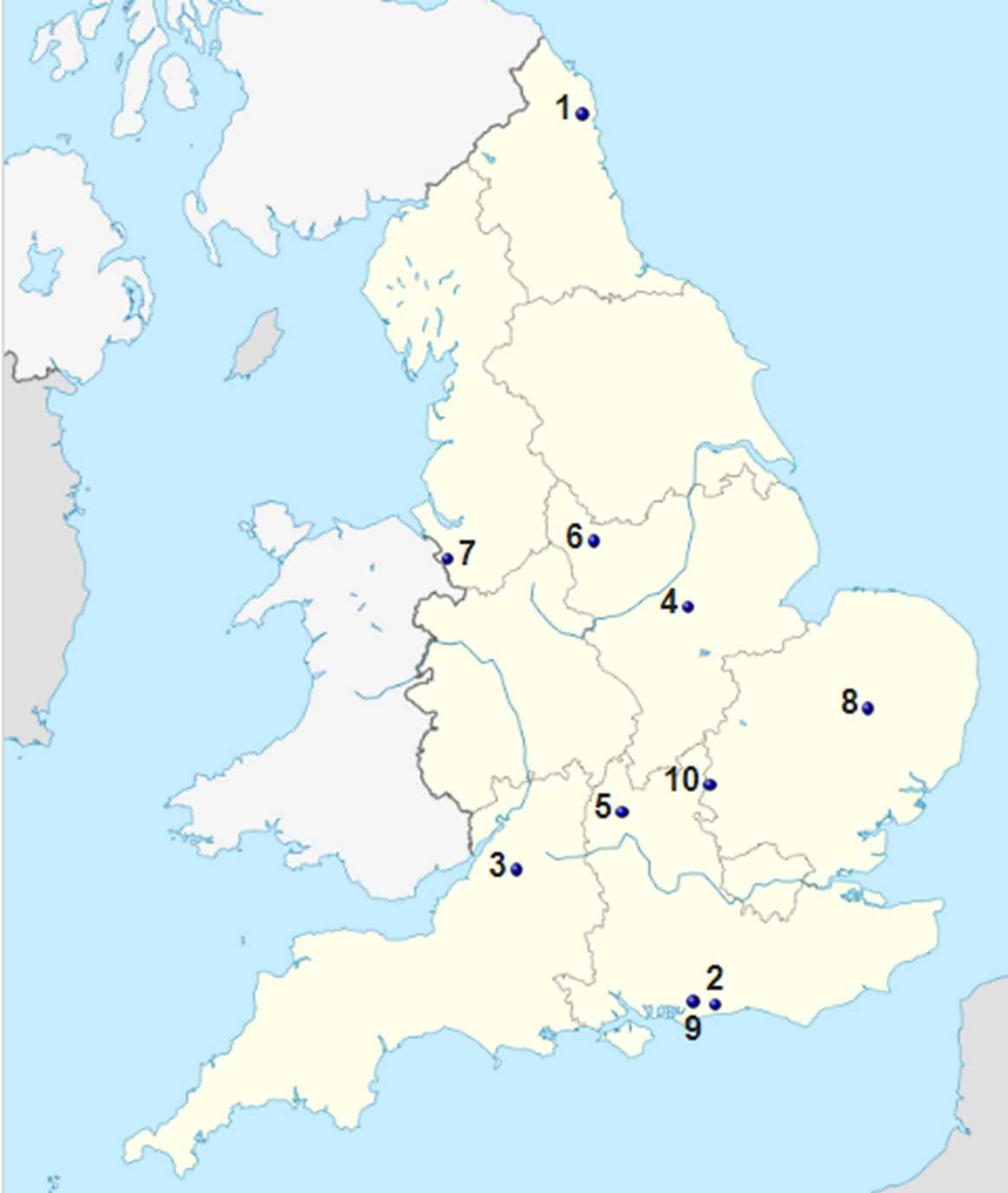
No Need for a Cushion - Ducal Seats in England Quiz
While the number of dukes in England is not as great as it once was, they do still live in some very fine places. Can you match these ten English dukes with their family seat?
A label quiz
by Red_John.
Estimated time: 3 mins.
